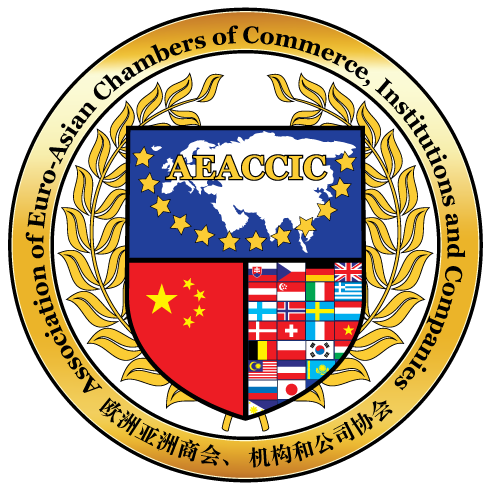Main Obstacles trading with China
- Financially difficult
- Different culture of trading and sale
- Language barrier
- Unfamiliarity with the Environment and Market
- MOQ - Minimum Order Quantity
- Differentiation difficulty between Manufacturer and a Reseller/ Middleman
- More sophisticated practices of scams and con-mans in China
- Misconceptions about the current state of Chinese trade
- Absence of personal experience
- Guanxi - Connections are everything
Main Activities and Objectives
Offered Service
|
|
Minimization of Import Risks
- Chinese supplier / manufacturer inspection
- Purchase and inspection of functional samples of the goods you buy
- Requesting references, especially from the EU
- Agreement of the communication language in advance
- Finding out the credit rating of Chinese companies
- Verification of import conditions into the EU (certificates, etc.)
- Production quality control
- Requesting the necessary documents and business licenses
- Agreement of contractual conditions
- Preparation of contracts with local lawyers
- Price conditions and payments (Letter of Credit, Advances, Customs, Duty taxes and VAT)
- Conditions of complaints
- Inspection of goods before embarkation to transport (Ship, Air, Rail or combined)
Theory Vs. The Reality of Shopping on Chinese market
Search for Chinese partners via the Internet
- alibaba.com - Biggest Shopping Portal
- globalsources.com - Reasonable offers
- china.cn - Ministry of Commerce of People's Republic of China
- taobao.com - 500 Million of registered users with approximately 8 Million daily visitors. 800 Million of products on offer, with 500.000 sales each minute ( Price Waterhouse Coopers - February 2013)
Recommended Purchase strategy and procedure
- Exact idea of the market and transaction
- Use of an Intermediary
- Trade fair visit in China
- Process technicalities and Due Diligence
- Realization of Transaction
First Steps necessary for export into China and other Asian countries
Before starting any business activities in Asia, we recommend investing in an in depth market research and also in verifying potential business partners. However, there is no one-size-fits-all guide.
You need to ask yourself these 7 basic questions and realistically evaluate the chances and competitiveness of a product or service in the market in China, Hong Kong or anywhere else in Asia:
- Is the product unique?
We take into account the quality, added value, brand history, production secrets, tradition, technology, and the like - Is it in compliance with Chinese Standards
Example - The mandatory CCC certification of quality and safety (China Compuslory Certificate), which is issued by the Certification and Accreditation Administration of China. More information on certification and standardization is available at www.cnca.gov.cn - Is the price of the product competetive?
This will be shown to us by the price calculation after taking into account the price for transport, insurance, customs duties and VAT on importation, as well as the soon to be mentioned marketing costs - What and where will be the place of sale?
Should you prioritize large cities or smaller cities in inland China?
Only top-quality products, that can withstand tough price competition, can be exported to developed areas. In subsequent export activities, it is necessary to offer technically advanced goods and be flexible regarding changes in the products offered - What are the best suitable distribution channels?
Which distribution channel we choose and how do we get into it - How much of the budget should I allocate towards marketing?
It is not possible to enter the Chinese market without sufficient budget allocation towards marketing. It is necessary to set aside funds to participate in the many different tradefairs (tickets, accommodation, stand rental, transport of samples, translation of advertising and promotional materials into Mandarin, interpretation costs, etc.) - What is the optimal way of entry into the Chinese market?
The form of entry into the Chinese market can be direct or indirect and depends on the size of the budget
SACC is a proud partner of the AEACCIC - Association of Euro-Asian Chambers of Commerce, Institutions and Companies
